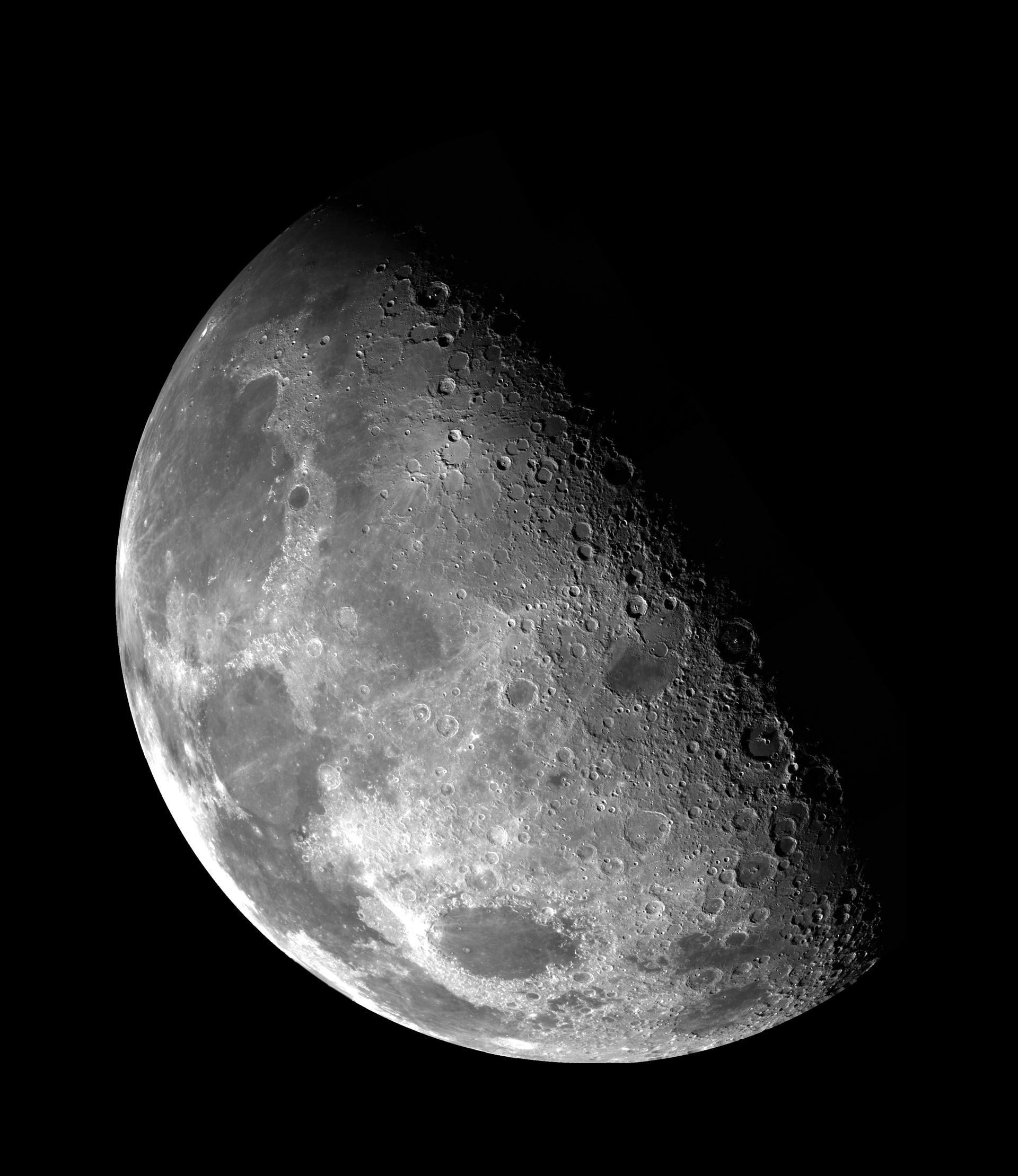
Safeguarding radio astronomy on the Moon
By ITU News
Radio telescopes have become almost mythically powerful these days. But the most renowned and most powerful – the likes of the Hubble or the recently launched James Webb Space Telescope – operate from space to gain unobstructed lines of sight to distant galaxies.
Often, reliable radio-astronomical observations are impossible to make from Earth’s surface. One reason is the atmosphere, with conditions like tropospheric absorption producing scintillation or “twinkling” that hampers visibility.
As the sky and radiofrequency spectrum get more crowded, sensitive Earth-based observation equipment is also likely to encounter interference from broadband Internet satellites and other active radiocommunication services, especially when these operate in frequency bands adjacent to those used for radio astronomy.
This has prompted scientists who study celestial objects to consider a much calmer, quieter place from which to conduct their observations – the dark side of the Moon.
But they may face competition from both national space administrations and private companies that are planning a fresh wave of Moon missions as interest in exploring our planet’s natural satellite blossoms.
Amid this new race to the lunar surface, a little-known, decades-old provision in the Radio Regulations – the international treaty governing radio spectrum use globally – may give the astronomers a head start.
Radio silence
The shielded zone of the Moon (SZM) – also known as the “lunar shielded zone” – comprises an area of the Moon’s surface and an adjacent volume of space that are shielded from emissions originating from within 100,000 kilometres of Earth’s centre. In addition to Earth-based radio emissions, the SZM is also isolated from potential interference emanating from the satellites orbiting the Earth. The Radio Regulations further afford legal protection from radio emissions in this naturally quiet zone so that it can be used for radio astronomy and other passive services.
Protection of the lunar shielded zone is the result of a forward-looking action by the 1971 World Administrative Radio Conference for Space Telecommunications.
Back then, protecting the far side of the moon from radiofrequency interference sounded like something out of science fiction, says Alexandre Vallet, Head of Space Services at the International Telecommunication Union (ITU).
But over 50 years later, Article 22 of the ITU-maintained Radio Regulations still safeguards the SZM as an “area of great potential” for passive services like radioastronomy observations and other space research.
A lack of atmosphere and absence of radio attenuation by meteorological events like rain or fog make the Moon ideal for astronomical observations in the 20 to 1,000 megahertz (MHz) frequency range.
Spectrum needs
Fast forward to 2022, and concrete projects to put radio telescopes on the far side of the Moon are now in motion. Lunar surface installations could, for instance, make up for the loss of the giant Arecibo telescope in Puerto Rico (US) that recently collapsed after 57 years in service.
Developments in spacecraft, radio telescopes, and other technologies should soon enable space research projects on the near side of the Moon’s surface, eventually facilitating follow-on experiments on the far side.
But transferring data from radio telescopes – whether they are in orbit or on the lunar surface – presents another challenge.
“One obvious way to do it is via radio link,” says Vallet. “To do that, radio astronomers must think about which frequencies are best to use for the data collection link.”
As importantly, data transfers from lunar astronomy stations must not interfere with frequencies that will be needed for other activities in space.
Discussions are underway among experts in the ITU Radiocommunication Sector (ITU-R) about the operational needs of Moon-based radio astronomy, including which frequency bands would be needed for communication and protection from interference.
“The radio astronomy community wants fiercely to protect for its use on the Moon of bands that are very heavily used on Earth,” explains Vallet.
Keeping it quiet
Once astronomers have determined which frequency bands are needed for their research, these specifications can be incorporated into crewed lunar exploration plans, such as NASA’s Artemis Accords or the Lunar Gateway, helping to avoid mutual signal interference.
Initially, radio telescopes could be installed by robots. But, in the longer term, better radio telescopy on the lunar surface is likely to require human intervention, Vallet surmises.
“We might see the first ‘Moon stations’ within a decade.”
One way or another, preserving and enhancing humanity’s capacity to observe distant galaxies from the Moon is going to be costly. But SZM-based telescopy promises substantial scientific returns.
As the next World Radiocommunication Conference approaches, will radio astronomers get to keep their silent lunar environment despite projections of increased human activity on the Moon?
“In my view, they will succeed in keeping it quiet,” says Vallet. “Which is a big opportunity for humanity in general.”
Image credit: NASA via Unsplash
